
Community Outreach and Engagement
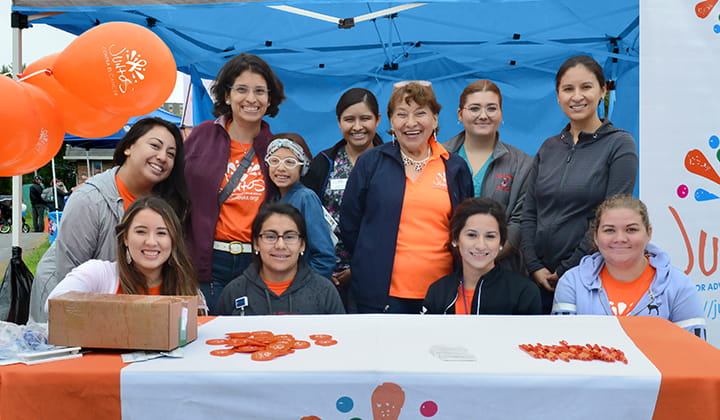
The University of Kansas Cancer Center is at the front line, working in and collaborating with our communities to eliminate cancer disparities. This community-engaged approach is crucial to our understanding of the health challenges faced by those we serve, particularly those who suffer from cancer disproportionately.
A fundamental element of the cancer center’s National Cancer Institute (NCI) comprehensive designation is Community Outreach and Engagement. Our research is driven by how cancer affects those living in our catchment area, which includes the state of Kansas and western Missouri, with a focus on populations who are at increased risk of developing or dying from cancer. “Catchment area” is a term used by the NCI to indicate the defined geographic area in which the cancer center concentrates its research, education and outreach efforts.
What does health equity mean? The Department of Health and Human Services' Office of Minority Health defines health equity as the attainment of the highest level of health for all people.
We strive to promote health equity through the following aims:
- Identifying and monitoring the cancer burden and needs in our catchment area.
- Collaborating with the community to help focus the cancer center's research, outreach and education activities on community priorities.
- Stimulating and supporting research that addresses cancers and concerns specific to the catchment area and as guided by community stakeholders.
- Performing cancer outreach and education activities to reduce the cancer burden in our catchment area in collaboration with community partners.
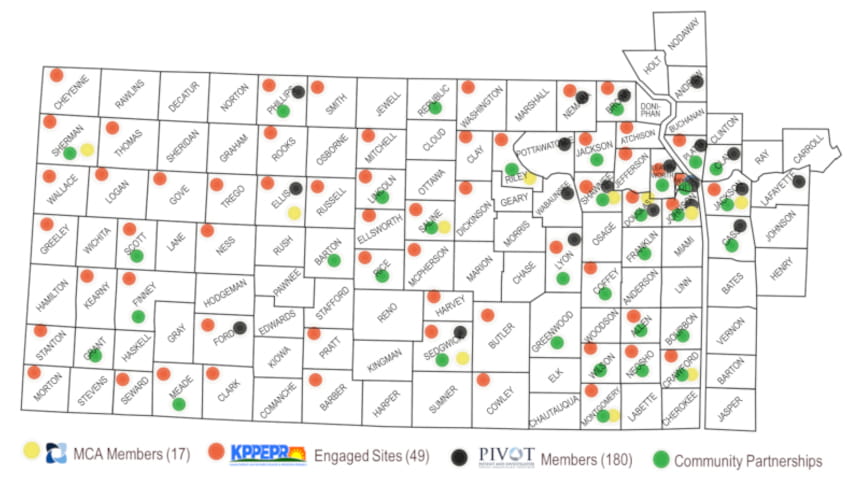
The area we serve
The University of Kansas Cancer Center is the only academic cancer center in the state. It is located in Kansas City, a metropolitan area shared by the states of Kansas and Missouri. The cancer center’s catchment area includes all 105 counties in Kansas and 18 counties in western Missouri.
As such, the cancer center’s catchment area encompasses a diverse set of communities. This includes a rapidly growing Latino community, Black/African Americans, Native Americans, immigrant and rural communities – all of whom tend to have difficulty accessing care. For example, African American women are more likely than White women to die of breast cancer, and rural Kansans are more likely to die of colorectal cancer compared to Kansans living in urban and semi-urban communities.
Catchment area numbers
- 4.6 million people across 92,000 square miles
- 76% of the counties are considered to be rural
- 23% of the catchment area population live in rural communities
- All but 9 counties are designated as primary care Health Professional Shortage Areas by geography and/or considered medically underserved areas or medically underserved populations
- 4 federally recognized Native American Tribes
- More than 25,000 annual cancer cases / 8,600 cancer deaths
- Most common cancers: breast, prostate, lung, colorectal and melanoma
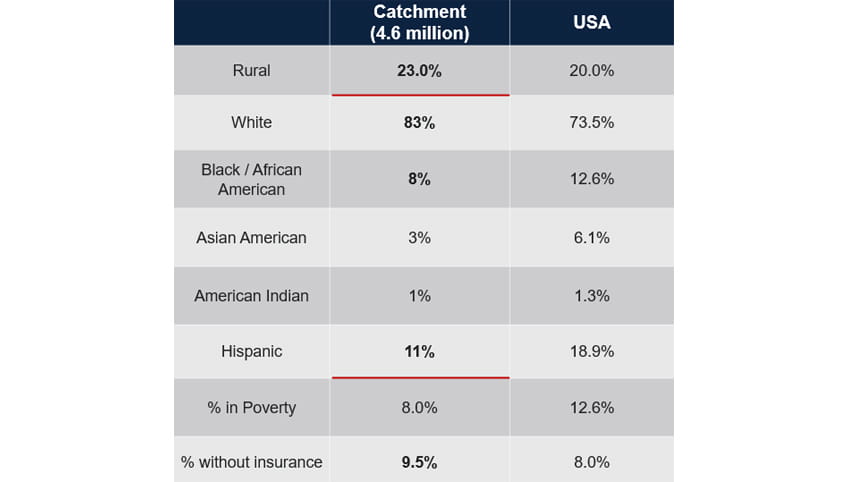
OPTIK: Targeted research & outreach
Organize and Prioritize Trends to Inform KU Cancer Center (OPTIK) is a data platform that efficiently synthesizes data on Kansas and Missouri demographics, cancer risk factors, and incidence and mortality rates. Collaborating with long-standing partners such as the Kansas and Missouri Cancer Registries, Kansas Department of Health and Environment, Missouri Department of Health and Senior Services, and Children’s Mercy, the OPTIK database ensures a representative view of all communities in the catchment area.
OPTIK standardizes diverse data sources to create a comprehensive understanding of the cancer burden at local, regional and national levels. Researchers utilize OPTIK to generate heat maps and visualizations, aiding in funding proposals and research activities. OPTIK aids KU Cancer Center in identifying health inequity trends, focusing efforts on groups experiencing cancer disproportionately. By offering a single, easily accessible source of vetted data, OPTIK enables KU Cancer Center to devote more time to creating well-informed and impactful outreach and research endeavors.
For more catchment area data, click here.
Clinical Trials: Why diversity matters
We work with community members to advise us on their needs and priorities so we can dedicate efforts to better serve our catchment area. Ronald Chen, MD, MPH, Associate Director, Health Equity
Patient and Investigator Voices Organizing Together, PIVOT for short, is a patient research advocacy initiative at The University of Kansas Cancer Center. To learn more about PIVOT, click here or email PIVOT@kumc.edu.
Bridging the gap
Cancer center researchers are examining ways to reduce cancer disparities. Because the issue is so multifaceted, so are our efforts.
Public education is an important aspect of cancer control. This includes expanding awareness of factors that increase the risk for developing cancer, earlier cancer detection and the research being developed to prevent and treat cancer. One of the ways the cancer center promotes education is through its weekly podcast series, Bench to Bedside. Viewers can tune in to learn about the latest research, treatment advances and screening guidelines and pose questions to experts.
Regular screening is linked to early detection, which can mean better outcomes. In some cases, screening can detect pre-cancerous conditions to prevent cancer from developing in the first place. The cancer center partners with its outreach network, the Masonic Cancer Alliance, to provide screening opportunities to people living in our catchment area. For example, a community health educator works with the Black/African American community to increase awareness about colorectal cancer screening.
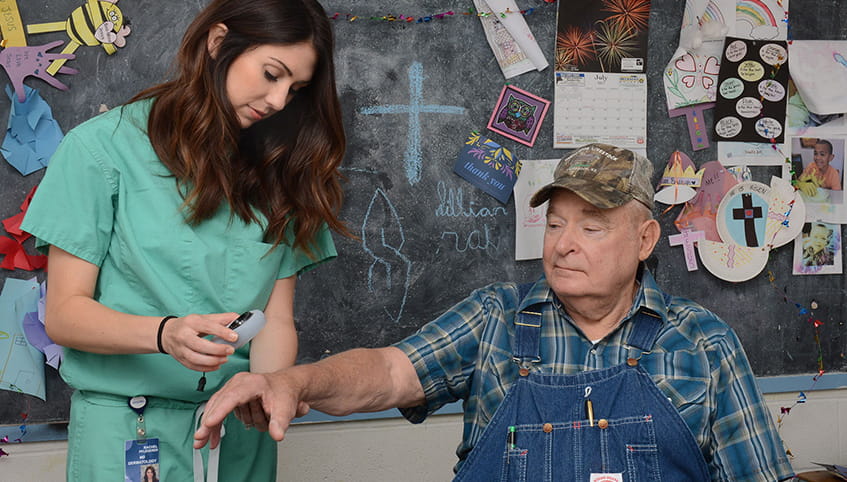
Our outreach efforts
Our goal is to alleviate the impact of cancer and advance health equity in the cancer center’s catchment area and beyond. We accomplish this by establishing meaningful connections with our community partners and sharing and applying evidence-based strategies and policies. Examples of our outreach and evidence-based interventions include:
- Through a collaborative effort with community partners, the Center for Genetic Services and Health Equity provides free genetic counseling and genetic testing. The center also provides referrals to cancer screening programs in Kansas and Missouri for those at higher risk for inherited cancers and who would otherwise not have access to these services.
- The Breast Cancer Health Equity Task Force involves multiple partners across the catchment area to reduce breast cancer mortality rates and late-stage diagnosis of African American women in Clay and Jackson Counties (Missouri) and Wyandotte, Johnson and Sedgwick Counties (Kansas). The goal is to increase access to screenings and clinical research, as well as work to better understand and address discrepancies in care. This group focuses on screening initiatives, system changes and supporting research such as Project BRA, which aims to increase knowledge about the importance of performing breast cancer risk assessment, facilitate screening through new and existing partnerships and decrease barriers to care within healthcare clinics in our catchment area.
- Cancer screenings held throughout the catchment area.
Our research
Our researchers work closely with community partners to facilitate community-engaged research to address the cancer burden of underserved communities across Kansas and western Missouri. Examples of our research include:
- A catchment area health assessment survey that asks questions related to sources of medical information, financial barriers to healthcare access, health behaviors and cancer screening.
- The follow-up care of rural cancer survivors remains largely unstudied. KanSurvive connects cancer center specialists with primary care clinicians in local communities to pinpoint barriers to care and increase access to evidence-based care and resources using a shared-care model as a novel telehealth platform.
- A campaign called JUNTOS Contra el Cáncer, which involves cancer center researchers, as well as members of JUNTOS and the Hispanic Chamber of Commerce of Greater Kansas City, seeks to increase awareness of clinical trials and biospecimen collection to empower Latinos to make informed decisions about cancer treatment. Additionally, in close partnership with leaders and patient research advocates, the cancer center launched a bilingual, culturally tailored education and awareness campaign encouraging clinical trial participation in the region’s underrepresented patient groups.
- A five-year randomized, controlled trial is exploring sustainable obesity treatment options for people in rural communities.
- For decades, researchers have partnered with Swope Health, a federally qualified health center, to reduce tobacco use among Black/African American people. To date, more than 3,500 participants from Swope have received counseling for improving health behaviors such as cigarette smoking.
Researcher resources
- Public facing dashboard: Cancer InFocus
- For KU Cancer Center members: Additional information available by request here
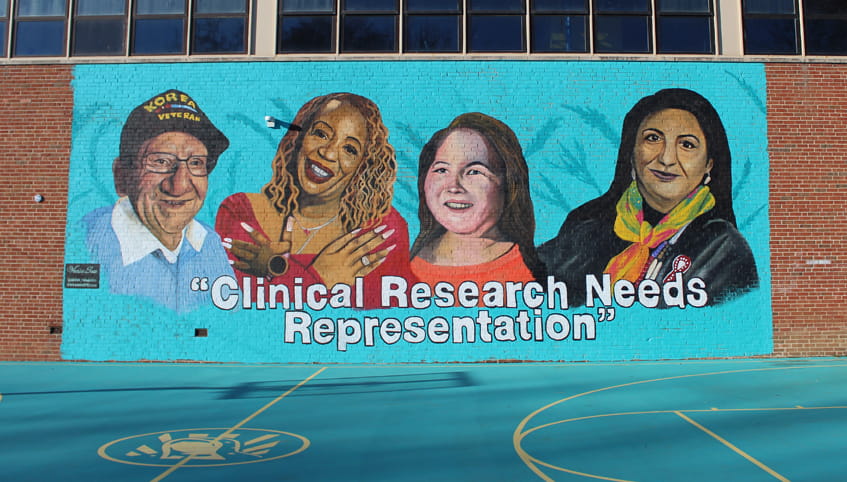
Community outreach and engagement leaders

Ronald Chen, MD, MPH, Associate Director, Health Equity
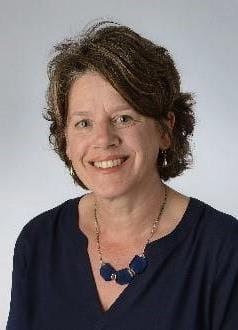
Hope Krebill, MSW, BSN, RN, Assistant Director, Outreach
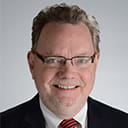
Gary Doolittle, MD, Medical Director, Masonic Cancer Alliance
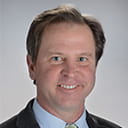
Allen Greiner, MD, MPH, Medical Director, Kansas Patients and Providers Engaged in Prevention

Christie Befort, PhD, Associate Director, Cancer Prevention & Control

Lisa Harlan-Williams, PhD, Associate Director, Education
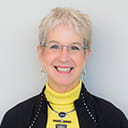
Cheryl Jernigan, Patient Research Advocate, PIVOT
Our efforts are supported by the cancer center’s Community Advisory Board, which includes members across our catchment area.